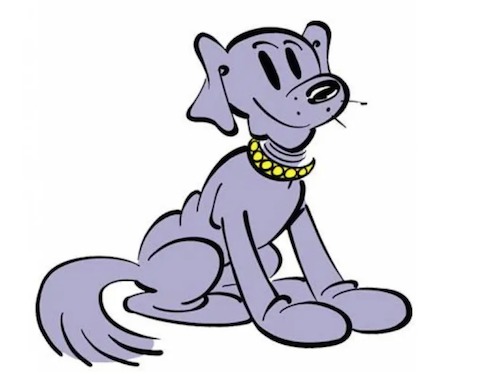
The funny papers. Comics. Newspapers. Classifieds. Paper boys, and later, paper girls. By our reckoning, there are a few generations that have little familiarity with any of the aforementioned words, but conversely, many of our readers will remember the pleasure of sitting down with a crisp, rolled up newspaper delivered to the front door to learn the latest news about their town and the world. As kids, we’d ask for the back pages of the newspaper, the place where the cartoon strips were located in most daily rags.
Some strips weren’t very funny to a lot of us because they were “grown up” humor: “Beetle Bailey,” “Li’l Abner,” “Mutt and Jeff”…..
Others, like “Nancy” and “Prince Valiant,” were just lame.
But “The Far Side,” “Calvin and Hobbs”, “For Better or For Worse,” “Peanuts,” those were the ones most of us read first, and their syndication numbers proved their popularity. An interestingly side observation is that each strip also included an animal, whether it was the Walter Mitty of dogs, Snoopy, Calvin’s stuffed tiger-come-to-life, the sardonic Hobbs, Gary Larson’s animals personified, or everyone’s favorite Old English Sheepdog, Farley from “For Better or For Worse.” A lot of fanciers don’t know, by the way, that Farley was bred by a fancier, Thelma Baird, a neighbor of the comic strip family, the Pattersons. Baird bred and raised Old English Sheepdogs, and when her dog, Lily, had a litter, she hoped the Pattersons would adopt one of them. They did, and Farley became part of the Pattersons’ lives.
Among the cartoon strips that predated many of us – but was reincarnated in other media, was “Blondie.” “Blondie” debuted in 1930, and the strip might have had a short life had cartoonist, Chic Young, not switched directions for his main characters, Dagwood and Blondie.
The strip was named for a carefree flapper girl who spent her days in dance halls along with her boyfriend Dagwood Bumstead, heir to an industrial fortune. After a lot of hype and build up, the couple was married in 1933, but when Dagwood’s parents disinherited him for marrying below his class, the Bumsteads were forced to become a middle-class suburban family. The marriage was a significant media event given the comic strip’s popularity, and it changed Blondie’s personality from that of an airhead to the sensible head of the Bumstead household. Dagwood, who’d been the straight man to Blondie’s comic antics, became the comic strip’s clown.
Other characters in the strip included the Bumstead children that came along, and “Daisy,” the Bumsteads’ family dog. Her best friend is Dagwood, and her role in the strip was to punctuate the reader’s reaction to events with a puzzled or a pained expression, and remarks limited to “?.” “!” and the occasional burp:
As for Daisy’s breed, it depends upon the source. Some say that she was a Schnauzer, others write that Daisy was a cocker spaniel-poodle-terrier mix (which is what she was in the film version). The Giant Book of Dog Names by Laurier Bogart Morrow, however, maintains that Daisy was a Weimaraner, and one Wikipedia site concurs. We don’t know Morrow’s source for this information, and Wikipedia isn’t always accurate, but it’s worth noting that in the original comic strip, Daisy is always blue gray in color, and the Weimaraner is known as the Gray Ghost.
Image of Daisy

Not with that bushy tail and half price ears 😉